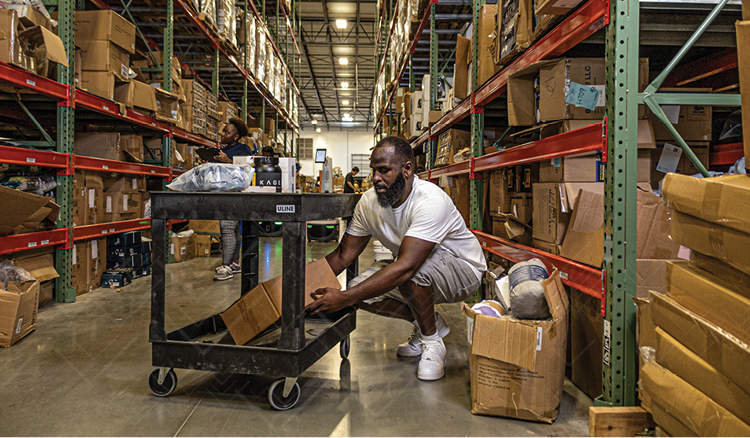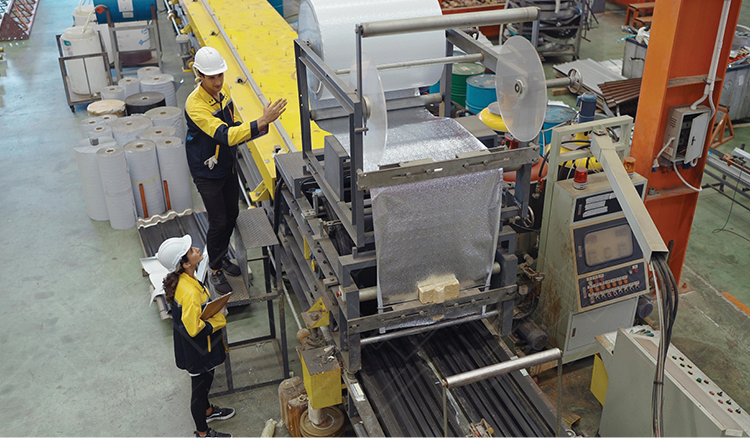Forecasting Challenges
Whenever you kick off a demand planning cycle, you may get the feeling that it's an exercise in futility. Honestly, it is difficult to reliably predict future business, and it probably feels like consulting a crystal ball would be just as useful. Odds are variances to plan will grow wider and wider as your business progresses through the planning window.
Forecasting Challenges
So what's the purpose of forecasting if it's always going to be wrong? To put it simply, the purpose is to determine a set of numbers to align different business units, basically saying 'hey, this is what we are going to do.' Having a common plan and goal creates the opportunity for people to execute on what they do well: serving your business. To handle the demand variances along the way, please refer to this previous post, Forecasting vs. Flexibility, to develop the operational labor capacity required to compete in today's market.
To hone in on the “right” number, independent parties within your business should take two different approaches to projecting out the next demand period

Roll-it-up demand planning
From a finite product family level, your demand planner should assemble a view to the next period(s) for what will be produced over the timeframe, then assemble a ‘unit and dollars' view. Even with a roll-up approach, you shouldn't start your forecast with the finite parts of a component. Rather, your prediction should remain at a product family level. Forecasting at a component level is a low-value exercise because uncertainty is not pooled at a high enough level. To gain a better understanding of managing inventories, please read the inventory management blog post.
Top-down forecast approach
At the same time, have another planner take a top-down approach and develop a demand plan from an external point-of-view, independent of your roll-up plan. This plan should be reflective of the following drivers: company performance across the previous period(s), industry trends, economic factors, and changes in product mix. By using external data to drive the forecast, this will reduce the company bias present in the numbers.
Combining the two approaches
Bringing these two forecasts together is the last critical step to developing a coherent, feasible forecast for your business to execute over the coming period. Absolute precision in the forecast is not as important as accuracy, so you should follow all steps mentioned previously to ensure the forecast is not biased. Overall, your primary goal is to have a believable forecast that the business can execute against.
When flexible labor capacity is required to manage a demand variance, Veryable is here to help you capture peak revenue opportunities while maintaining low lead times by tapping into a reliable pool of workers you can use exactly as needed.
Previous Posts
How Policy Constraints, Not Just Production Bottlenecks, Threaten Your Bottom Line
The Future of Manufacturing and Logistics
Create a free business profile today to explore our platform.






